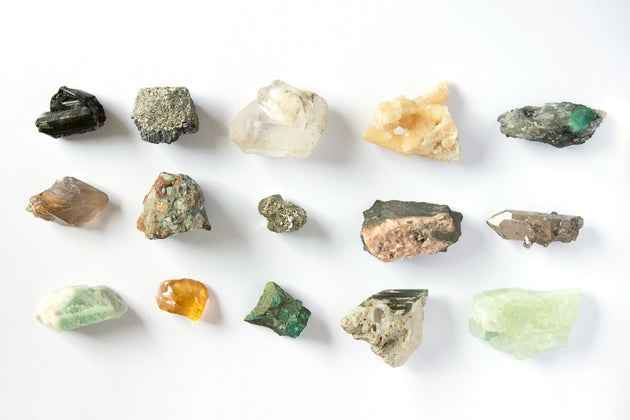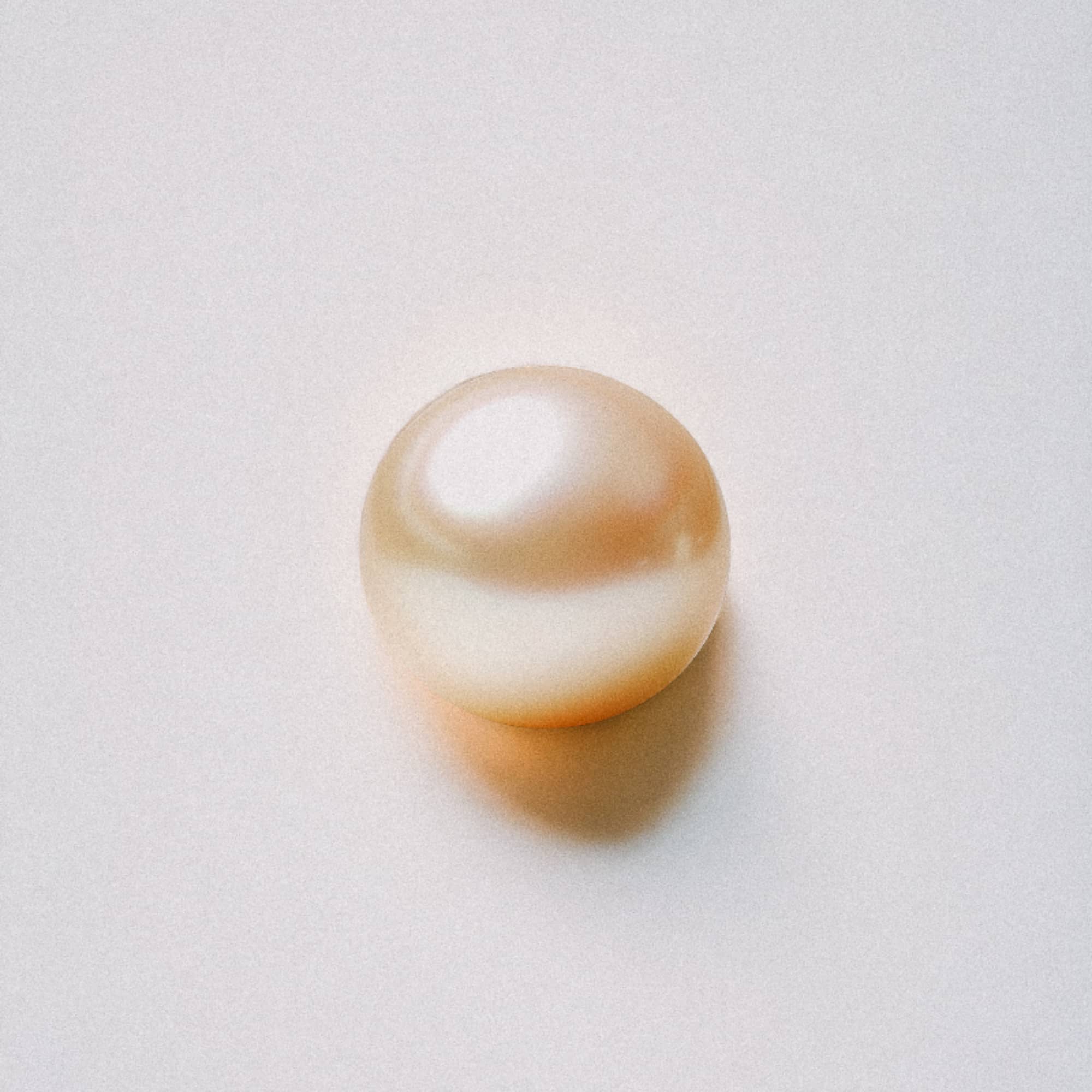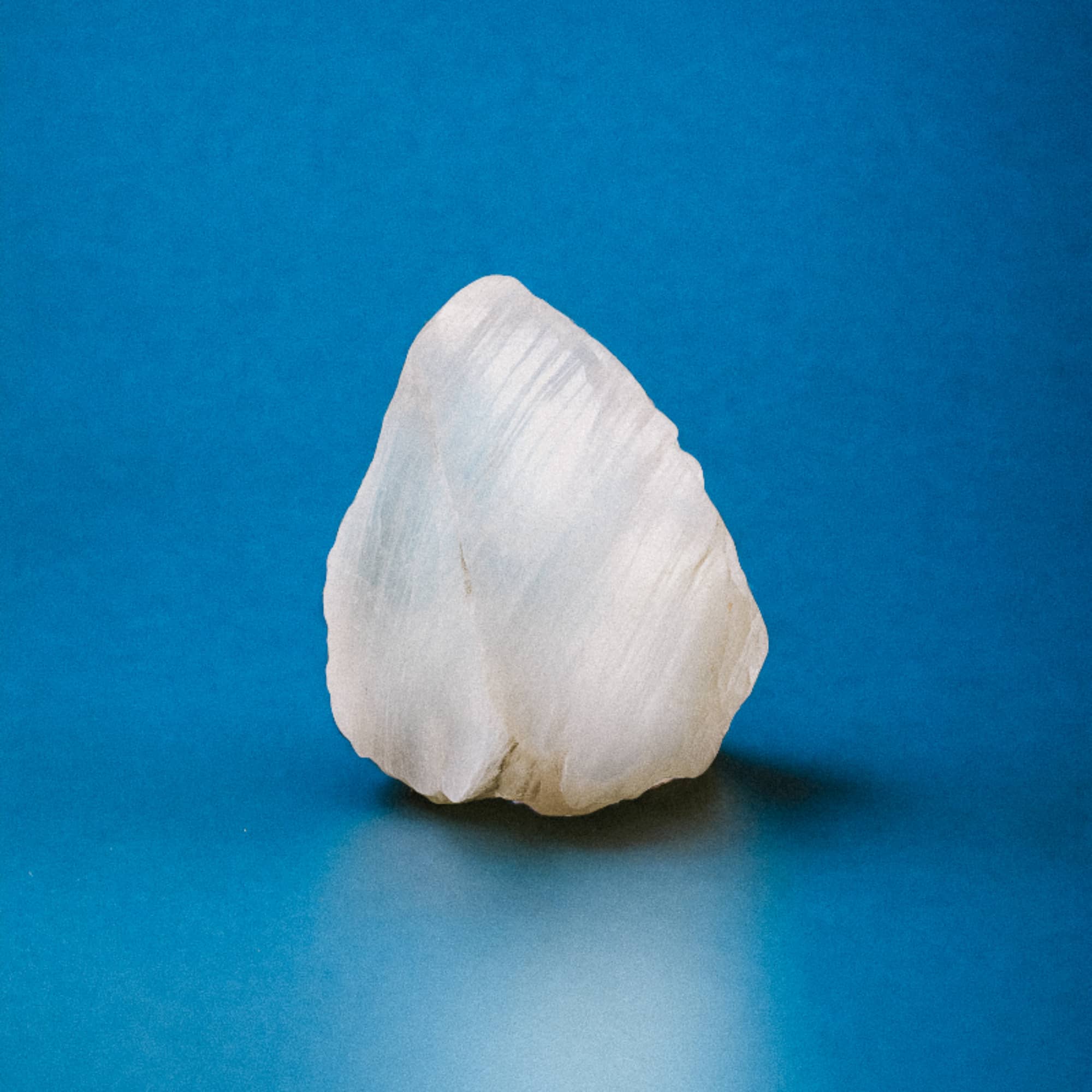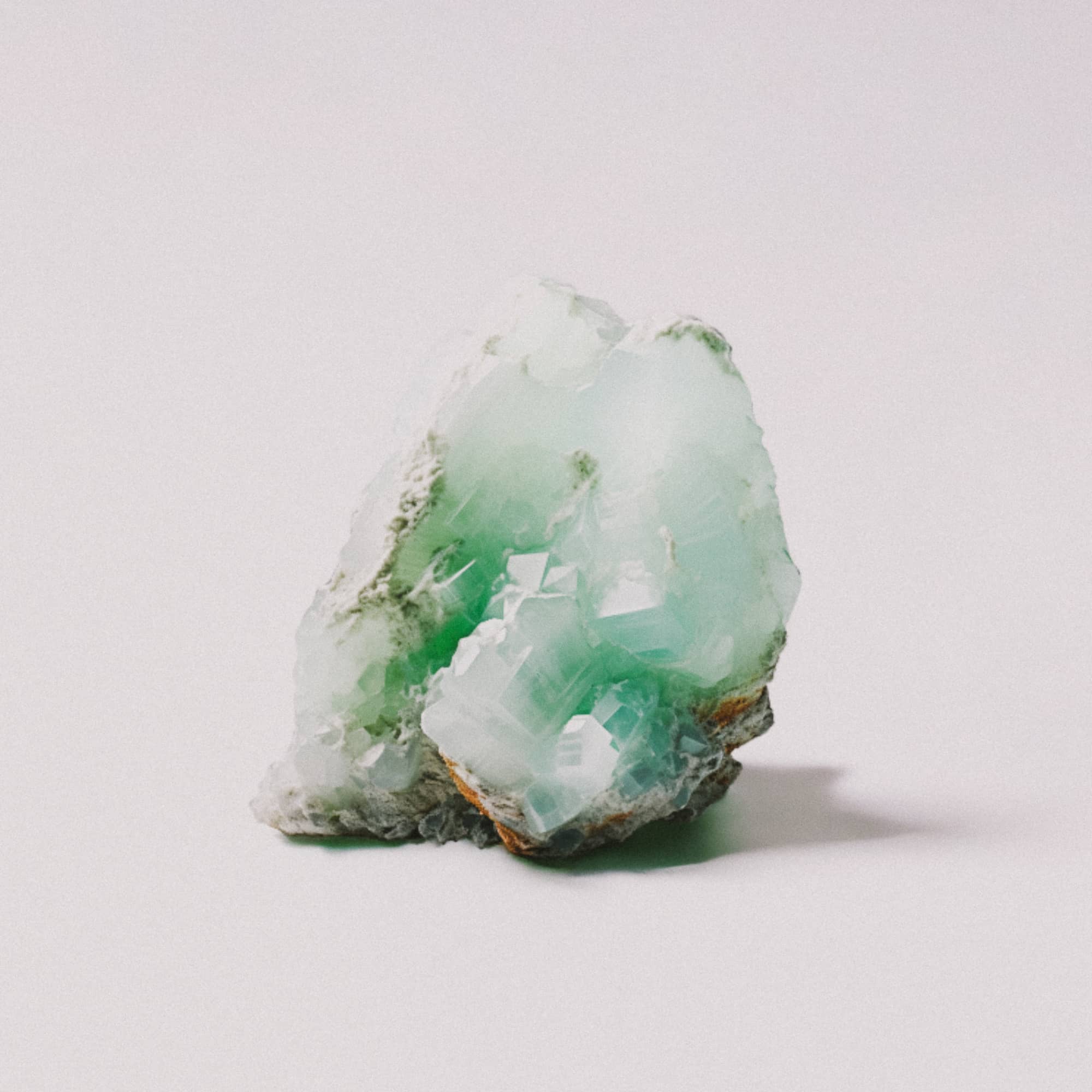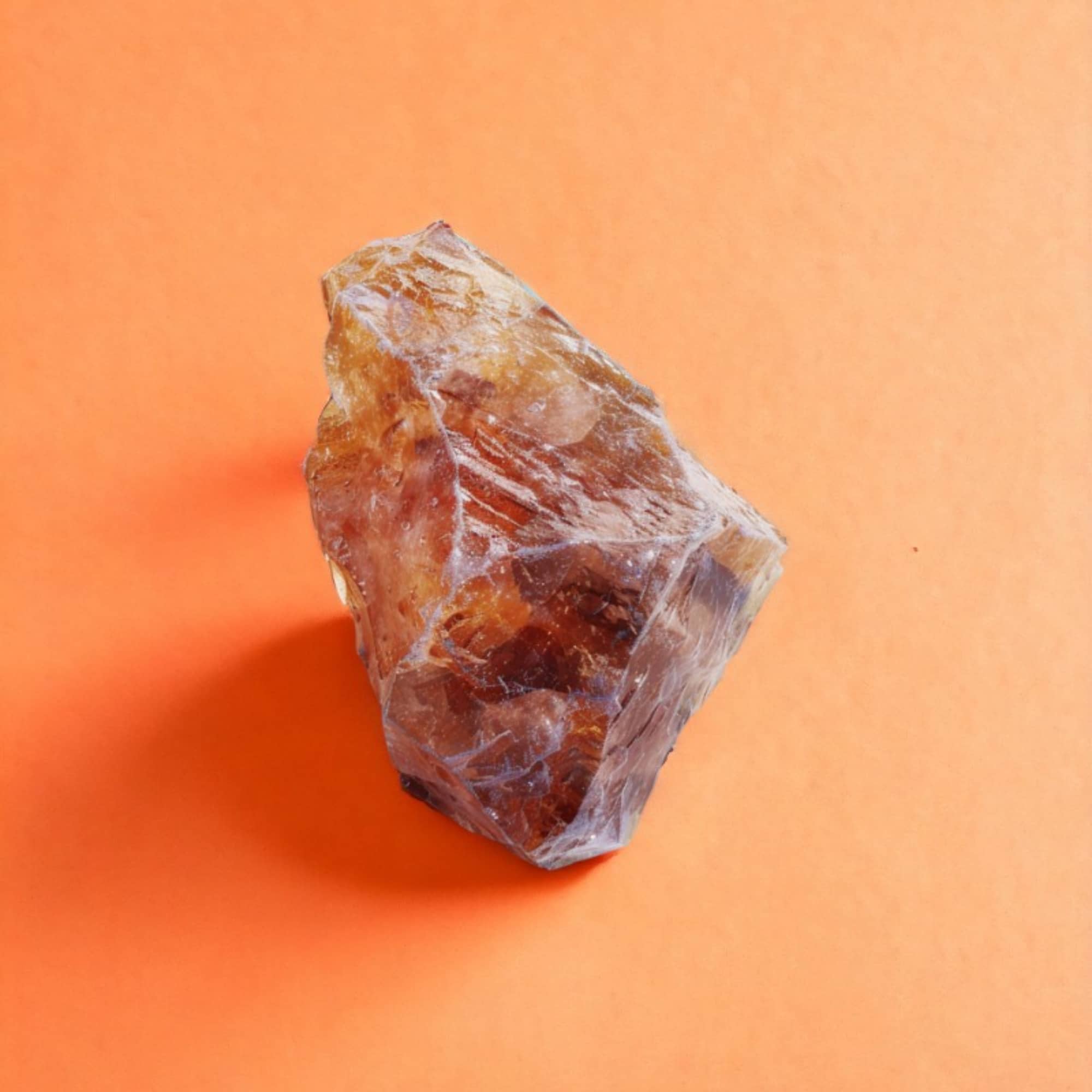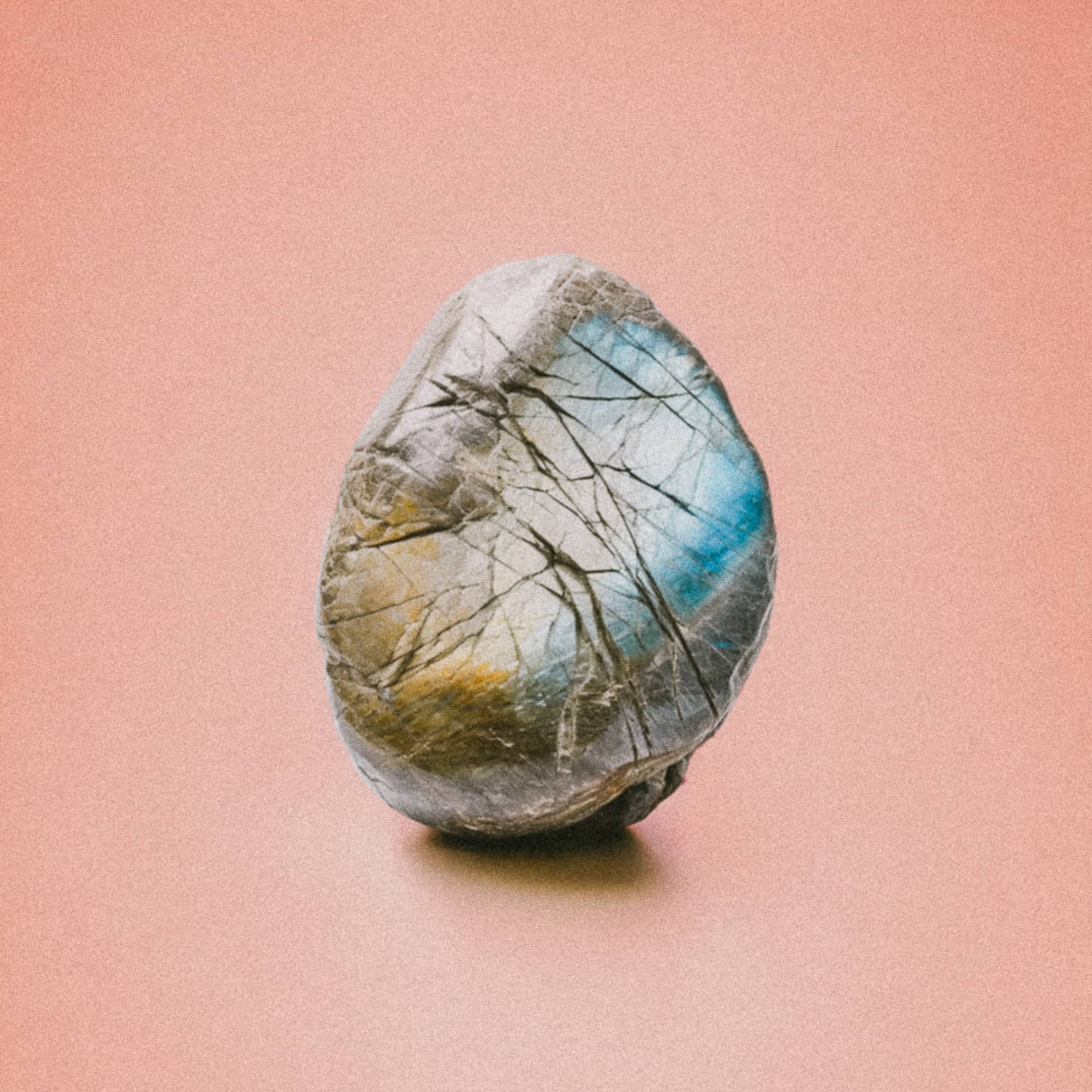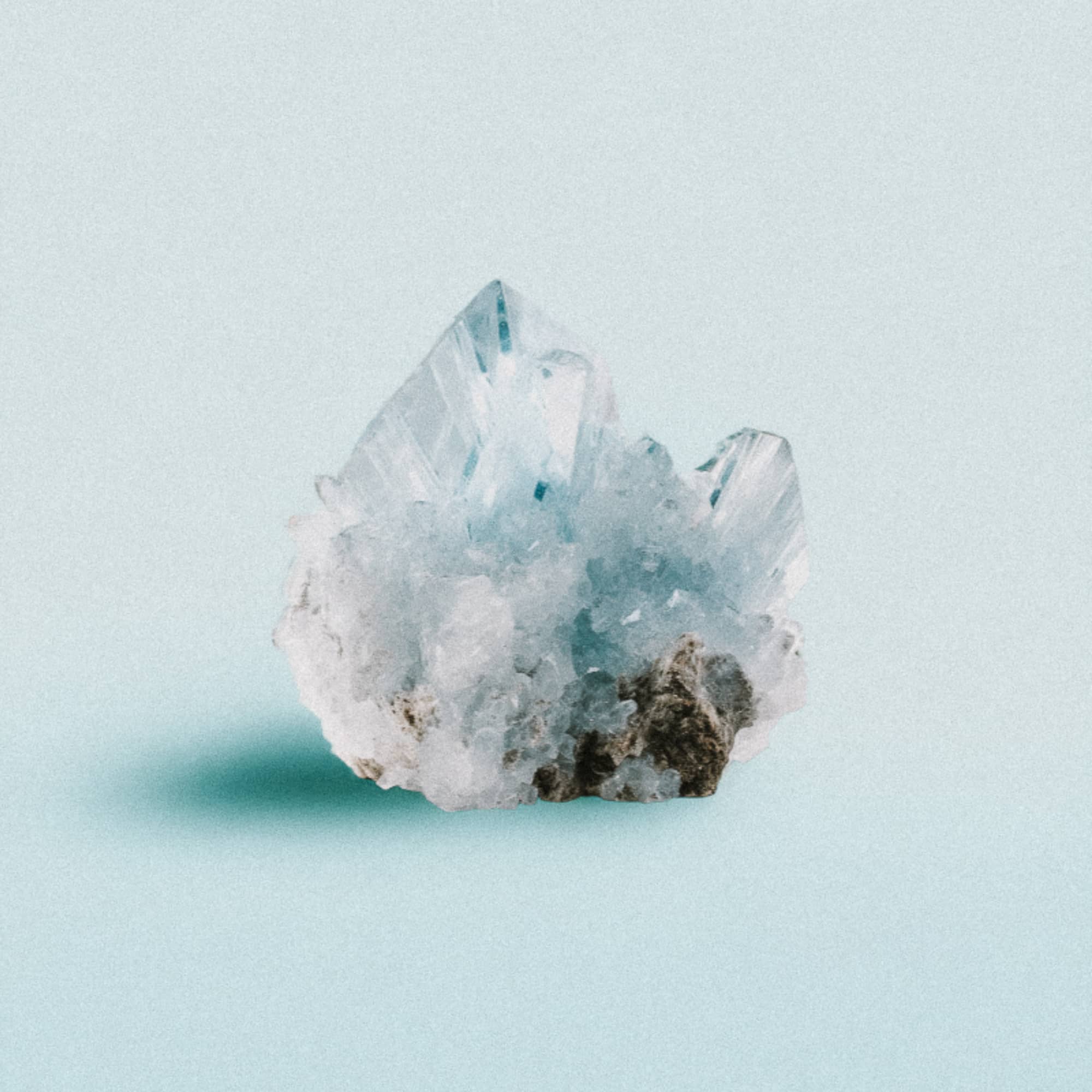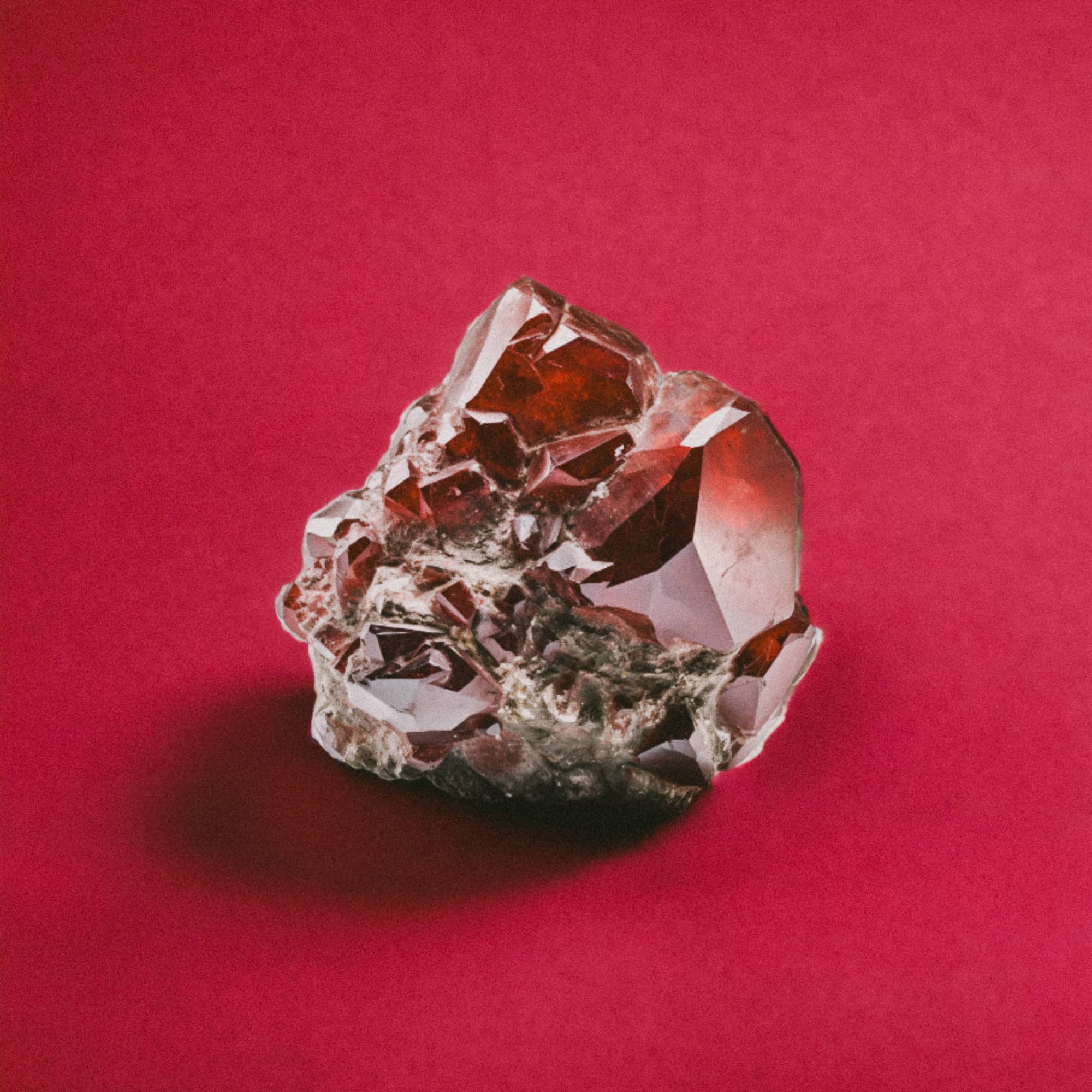History & Origin
The pearl, with its natural brilliance and mystical softness, is considered one of nature's oldest and most precious treasures. For millennia, this unique gem has been revered across cultures and civilizations as the embodiment of purity, wealth and wisdom. The history of pearls is rich and varied, reflecting their importance and value in societies from ancient to modern times.
The first discoveries
Pearls are formed inside mollusks, mainly oysters and mussels, in response to an irritant such as a grain of sand or a parasite. Over time, successive layers of nacre build up around the irritant, creating a pearl. The first discoveries of pearls date back to millennia BC, when they were mainly used as ornaments or religious offerings.
Fascination through the ages
In ancient times, pearls were considered symbols of status and prestige. The Romans, in particular, were great admirers of pearls, incorporating them into their jewelry, crowns and even furniture. Pearls were so highly valued that Julius Caesar is said to have enacted a law restricting the wearing of pearls to the ruling classes.
Oriental cultures also attached great importance to pearls, regarding them as symbols of purity and immortality. In China, pearls were given to emperors and incorporated into ritual objects, while in India, they were associated with the goddess Lakshmi and symbolized prosperity and well-being.
The emergence of pearl farming
As demand for natural pearls continued to grow, the discovery and development of pearl farming in the early 20th century marked a turning point in the history of pearls. This innovation made it possible to produce pearls by deliberately introducing an irritant into a mollusc, under controlled conditions, making pearls accessible to a wider public.
Pearls in Modern Culture
Today, pearls continue to be synonymous with elegance and refinement. They adorn haute couture jewelry and are worn on special occasions, always representing sophistication and status. The fascination with pearls persists, testifying to their timeless beauty and ability to capture the human imagination.
The history and origins of pearls testify to their profound impact on different cultures around the world. From their mysterious natural formation to their incorporation into jewelry and royal ornaments, pearls continue to enchant our world with their brilliance and elegance.

Provenance
The provenance of pearls is as diverse as our planet's oceans and rivers, with each region offering pearls unique in size, color and brilliance. The quality and characteristics of a pearl can vary greatly depending on its origin, making provenance a crucial aspect in the evaluation and appreciation of these natural gems.
Major Pearl Deposits
Freshwater pearls
Mainly cultivated in China, freshwater pearls come from lakes and rivers. These pearls are renowned for their wide variety of shapes, colors and sizes. Thanks to modern pearl farming techniques, China has succeeded in producing freshwater pearls in large quantities, making them more accessible while offering impressive quality.
Seawater Pearls
Seawater pearls include several types, such as Akoya, Tahitian and South Sea pearls.
Akoya pearls
Grown mainly in Japan and China, Akoya pearls are famous for their perfectly round shape and exceptional luster.
Tahitian pearls
Native to French Polynesia, these pearls are unique for their natural dark colors, ranging from gray to black, with green, blue or violet highlights.
South Sea pearls
Grown in Australia, Indonesia and the Philippines, these are among the largest and rarest pearls, prized for their impressive size and beautiful white to golden color.
Factors influencing origin
The quality of a pearl is influenced by several environmental factors, such as water temperature, salinity and purity of the aquatic environment. These conditions determine not only the health of the pearl mussel, but also the quality of the pearl produced, with cleaner, more nutrient-rich waters favoring the formation of higher-quality pearls.
Pearl provenance and value
The provenance of a pearl is a crucial element that directly affects its value on the market. Pearls from regions renowned for their superior quality, such as Akoya pearls from Japan or South Sea pearls from Australia, are generally more sought-after and valuable. Knowledge of provenance also helps to guarantee a pearl's authenticity, an important aspect for collectors and jewelry enthusiasts alike.
The diversity of pearl provenance enriches the jewelry world with a wide range of choices, offering pearl lovers the opportunity to find the perfect gem to meet their aesthetic preferences and quality expectations. Whether luminous freshwater pearls or sumptuous saltwater pearls, each type brings its own story and beauty, testifying to the rich treasures hidden in our oceans and rivers.
Features
Pearls, with their variety of shapes, sizes, colors and textures, offer a range of characteristics that set them apart from other gems. These characteristics reflect not only their natural beauty, but also the unique conditions under which they were formed.
Color
The color of pearls can vary from classic white to deep black, pink, cream, gold and gray. This variety is due to the nature of the nacre and the environmental conditions in which the pearl was formed. Black pearls, especially Tahitian, are particularly prized for their exotic brilliance and colorful highlights.
Luster
Luster is one of the most important characteristics of a pearl, reflecting its quality and beauty. A high luster indicates a smooth surface and brilliant reflection, the sign of a high-quality pearl. Luster is determined by the quality and thickness of the mother-of-pearl.
Size
The size of a pearl is generally measured in millimeters of diameter. Pearls can vary in size from a few millimeters to over 20 mm for some South Sea pearls. Size directly influences the value of the pearl, with the largest pearls often being the most valuable.
Surface
A pearl's surface is also an indicator of its quality. A smooth, flawless surface is ideal, although many pearls have slight natural imperfections. Major flaws can affect the pearl's value, but slight irregularities can add character to the pearl without significantly compromising its beauty.
Mother-of-pearl
The thickness of mother-of-pearl, the shiny layer that forms the pearl, is crucial to its durability and luster. A thick mother-of-pearl not only guarantees a richer luster, but also greater resistance to time and wear.
Taken together, these characteristics define the uniqueness of each pearl, making each gem a testament to the natural beauty and diversity of the underwater world. When choosing a pearl, these attributes must be carefully considered to ensure that the piece not only meets aesthetic expectations but also represents a quality investment.
Benefits & Properties
Pearls are not only appreciated for their outward beauty, they are also renowned for their many benefits and properties that affect body, mind and soul. For centuries, various cultures have attributed healing powers and metaphysical qualities to pearls.
Emotional and spiritual properties
Soothing and emotional balance
Pearls are believed to offer protection and security, fostering a sense of calm and reassurance in the wearer. They help to balance emotions, reducing stress and anxiety.
Purity and Integrity
Traditionally associated with purity and innocence, pearls encourage honesty, wisdom and personal integrity. They are often chosen as bridal jewelry to symbolize purity and loyalty.
Physical benefits
Pearls are said to have beneficial effects on the health of internal organs, particularly the digestive system and stomach disorders. They are also said to improve skin quality and strengthen the immune system.
Metaphysical properties
Connection to Femininity
Pearls, with their natural connection to water and the moon, are often associated with femininity and motherhood. They symbolize creation, birth and renewal, reinforcing the connection with the feminine aspects of life and nature.
Meditation and spiritual elevation
Used in the practice of meditation, pearls can help access higher levels of consciousness and promote spiritual upliftment. Their gentle, cleansing energy is ideal for spiritual practices.
Holistic healing
Pearls are often integrated into holistic healing practices to harmonize body, mind and spirit. They are said to stimulate emotional healing and contribute to a general sense of well-being.
The benefits and properties attributed to pearls make them much more than a simple object of adornment. They are a symbol of personal transformation and healing, offering support and comfort to those who wear them. Whether for their physical, emotional or spiritual benefits, pearls continue to occupy a special place in the hearts and minds of people the world over, testifying to their timeless power and enchanting beauty.
Care
Pearls, with their subtle luster and delicate surface, require special care to maintain their beauty and brilliance over time. Proper care is essential to preserve the quality of these natural treasures.
Cleaning Pearls
Pearls should be cleaned with a soft, damp cloth after each use to remove traces of sweat, cosmetics or dirt. Avoid chemical or abrasive cleaners, which can damage the mother-of-pearl. For a more thorough cleaning, you can use a solution of lukewarm water mixed with a few drops of mild soap. Gently immerse the cloth in the solution and run it over each pearl.
Pearl storage
Pearls must be protected from prolonged exposure to direct sunlight, heat and humidity, which can alter their color and luster. Store pearl jewelry separately from other stones and metals to avoid scratches. Use a soft fabric pouch or jewelry box with individual compartments.
Wearing and care
Put your pearl jewelry on last to avoid contact with cosmetics and perfumes, which could damage it.
Pearl necklaces should be re-threaded periodically to ensure that the thread remains strong and the pearls are secure.
Pearls, emblems of grace and purity, are more than just an adornment; they are a link to nature and history, embodying timeless beauty and deep wisdom. Their careful care reflects our respect and admiration for these gifts from the sea, ensuring that they will continue to shine and inspire for generations to come.
Caring for pearls is an act of preservation of their natural splendor and profound meaning. By cherishing and maintaining them with care, we honor not only their outward beauty, but also the benefits and properties they carry. Pearls remind us of the sweetness of existence, the richness of human experience and the light that resides in each of us, making them a truly universal treasure.


